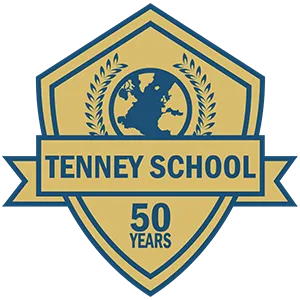It seems like every day we hear frightening new data on the rise of bullying, and it doesn’t take much more than a casual scroll through our social media feeds to find horrific stories of bullying and the awful impacts it has on the children who have endured this abuse. Especially with the rise of cyberbullying and the way that cruelty can spread so quickly through a peer group, it’s no wonder that parents are on high alert and want to do everything in their power to protect their children from bullies.
However, we must remember that bullying is a very specific form of abuse, and it is our responsibility—as the adults in the room—to differentiate bullying from normal childhood conflicts. After all, adolescence is the time when our children are learning to become adults, and the conflict resolution and navigation tools they build now are going to follow them for the rest of their lives. Schools and parents alike must keep in mind that the students they are working with are still developing these nascent capabilities. Being able to differentiate between bullying and normal peer-to-peer conflict is an important step in giving our children the tools they need to successfully navigate the inevitable conflicts of life.
Defining Bullying
In order to understand what does or does not qualify as bullying, we need to start with a solid definition. Psychologists define bullying as behavior that meets the following criteria:
- Physical or verbal abuse
- Repeated over time
- Involving an imbalance of power
Each of these elements is important in understanding bullying more fully. An individual act may certainly be hurtful, but if it is not repeated behavior, it is likely not an act of bullying. Two children who are normally friends may get into a fight over perceived wrongdoing, but since they typically share a balance of power with one another, this fight isn’t bullying. In order to be bullying, it must be harmful (either physically or verbally), repeated, and done with an imbalance of power.
Telling the Difference
While it is not always easy to say whether an individual incident rises to the definition of bullying or not (especially when the child being bullied may be reluctant to report every incident out of embarrassment or fear), there are some signs that help point to whether the incident is likely bullying or simply a peer-to-peer conflict.
It is probably bullying if . . .
- The children involved are not friends and do not have a shared balance of power.
- The aggressor shows no signs of an emotional response and no remorse over the harm done.
- The harmful act was purposefully done.
- The harmful act is part of a larger pattern of repeated offenses.
- The harmful act is very serious and did or could cause great damage.
It is probably not bullying if . . .
- The children are friends and typically share an equal power dynamic.
- The harmful act was accidental or impulsive rather than planned.
- Both children involved are showing equal emotional responses to the situation.
- The conflict does not happen often or repeatedly.
- The harmful act is not very serious or does not cause great damage.
Helping Kids Resolve Conflict
Just because an act isn’t bullying doesn’t mean it won’t hurt. Remember that friendships are incredibly important to the children who are making them, and conflict within a friendship or peer group can be a very serious issue that causes distress. The important thing is that these conflicts are framed as an opportunity to work through the problem and negotiate the friendship going forward.
Parents and educators can play a crucial role in helping kids with conflict resolution by giving them the tools to handle these bumps in the road before the actual conflict arises. Perhaps the most important tool that parents and educators have is modeling productive conflict resolution themselves. This means that parents and educators should demonstrate positive interactions with other adults and with the children themselves to show how to handle conflict and arrive at a resolution peacefully. Secondly, adults should prepare children for conflict by reading fictional situations that demonstrate methods for conflict resolution and providing useful scripts for common childhood conflicts.
Most importantly, parents and educators must learn to recognize when something crosses the line into bullying and requires immediate intervention and when children are facing typical peer-to-peer conflicts and need the space to work through them in order to develop important lifelong skills for future success, the skills that The Tenney School is dedicated to helping students achieve.


